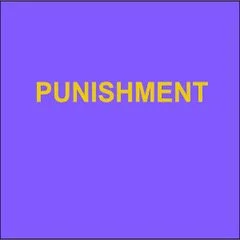By Michelle Butler,, Catherine B. McName, Dominic Kelly
Despite its impact on imprisonment, no quantitative study has examined the factors related to people's status on prison incentive schemes. This study addresses this gap by using administrative data to explore the factors related to the status of 405 men on a prison incentive scheme. Results revealed that those who had a prior history of passing prison drug tests at time 1, and spent more time imprisoned during the follow-up period, were more likely to be on the highest level of the scheme one year later at time 2. In contrast, those who had a history of past involvement in misconduct, referrals for serious self-harm/attempted suicide in prison, not taken a prison drug test, property offences, and greater periods of custody at time were more likely to be on the lower levels of the scheme at time . The potential implications for theory, policy, and practice are discussed.
European Journal of Criminology 2024, Vol. 21(6) 887–907



